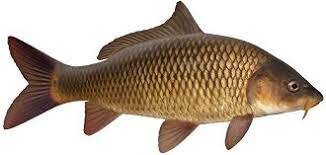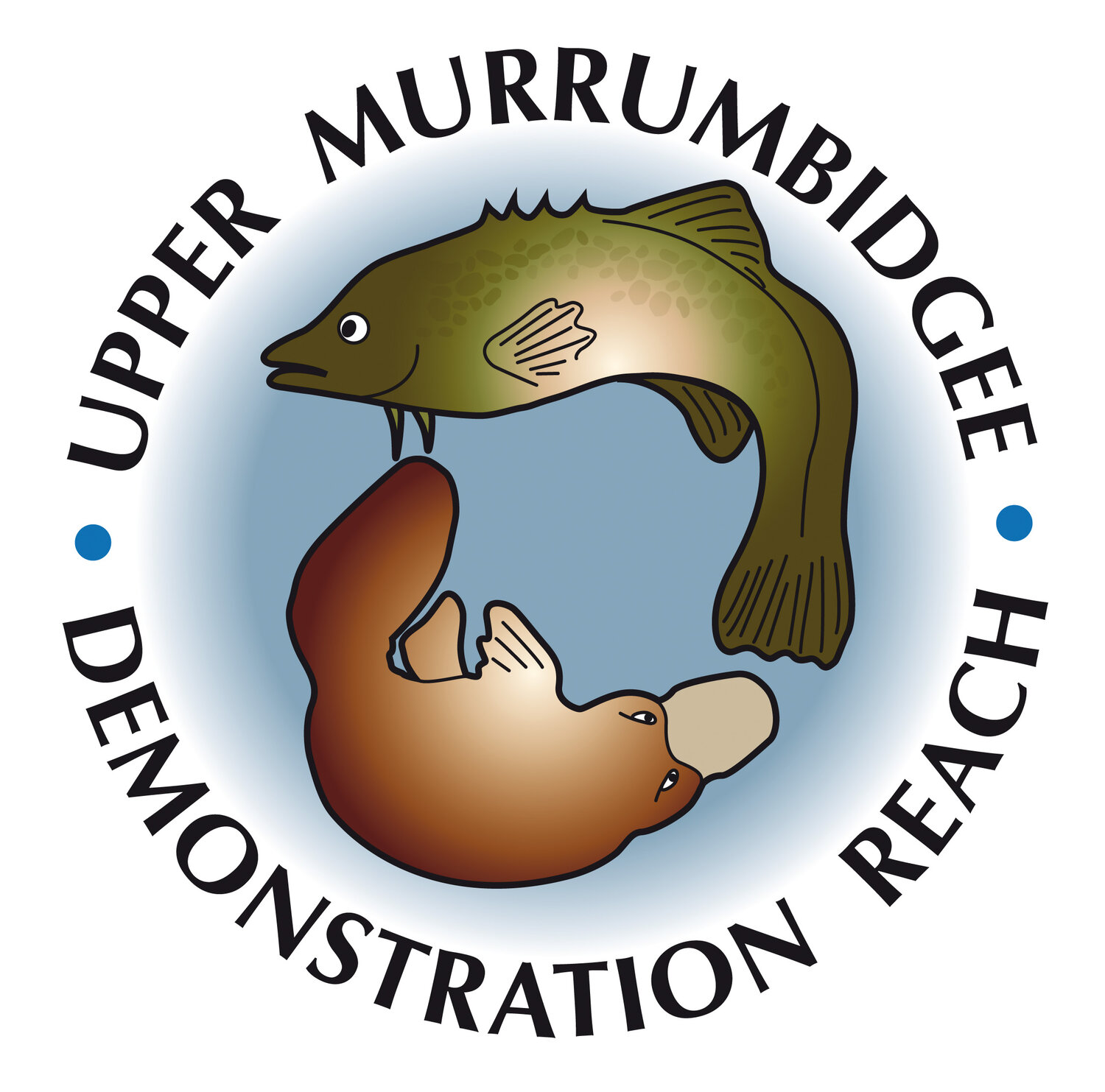
Managing the impacts of pest fish
Healthy rivers have thriving and abundant native fish populations free of pest fish.
Pest fish degrade habitat and water quality, compete for food resources and can spread diseases such as the EHN virus (spread by Redfin) and parasites such as Lernaea (anchorworm) spread by European carp.
Our priority is to to reduce the impact of pest fish (especially Redfin and European carp) on our target species and their key habitat areas.
Why managing pest fish in the upper Murrumbidgee River is important
When we think of native Australian fish the mighty Murray cod may come to mind- an impressive apex predator that can grow up to 1.8m long, live for up to 50 years and known for smashing all and any prey- fish, lizard or fowl, as large as can fit into its wide jaws! But Australia’s native fish fauna is much more diverse- from small Mountain galaxias flitting about in tiny upland streams, to deep bodied Macquarie perch feeding on worms and insects to the mighty cod itself! Each one of these fish species has a role to play in our freshwater ecosystems, each fulfilling an important niche that keep our rivers functioning and healthy. We know from anecdotal reports that pre-European settlement native fish big and small were abundant and this
However after European settlement things changed- with not only the removal and degradation of habitat and decline in water quantity and quality affecting fish numbers, but the introduction of alien fish also bringing their own impacts which threatens to our native fish. Alien fish can compete with natives for resources and food, often proliferating in degraded conditions and species such as European carp also contribute to further degradation. Some species also carry diseases which affect our native species.
In the upper Murrumbidgee catchment European carp are now found in most areas, except the headwaters, excluded by natural barriers, such as waterfalls. Carp are often seen as ecosystem engineers- they can survive in very degraded conditions but also contribute to them. Carp feed via a process called ‘mumbling’ where they suck in mouthfuls of streambed sediment from which they ingest matter, worms and . The excess mud and dirt is expelled from gill openings, which leads to water quality decline. Zooplankton are also eaten, with carp sometimes seen sucking at the water’s surface. The incomplete digestion leads to nutrient enrichment in stream where carp are found. Crap are tolerant of a wide range of environmental conditions and very low oxygen levels and so will persist in very degraded streams where natives might otherwise falter.
Redfin (add info)



